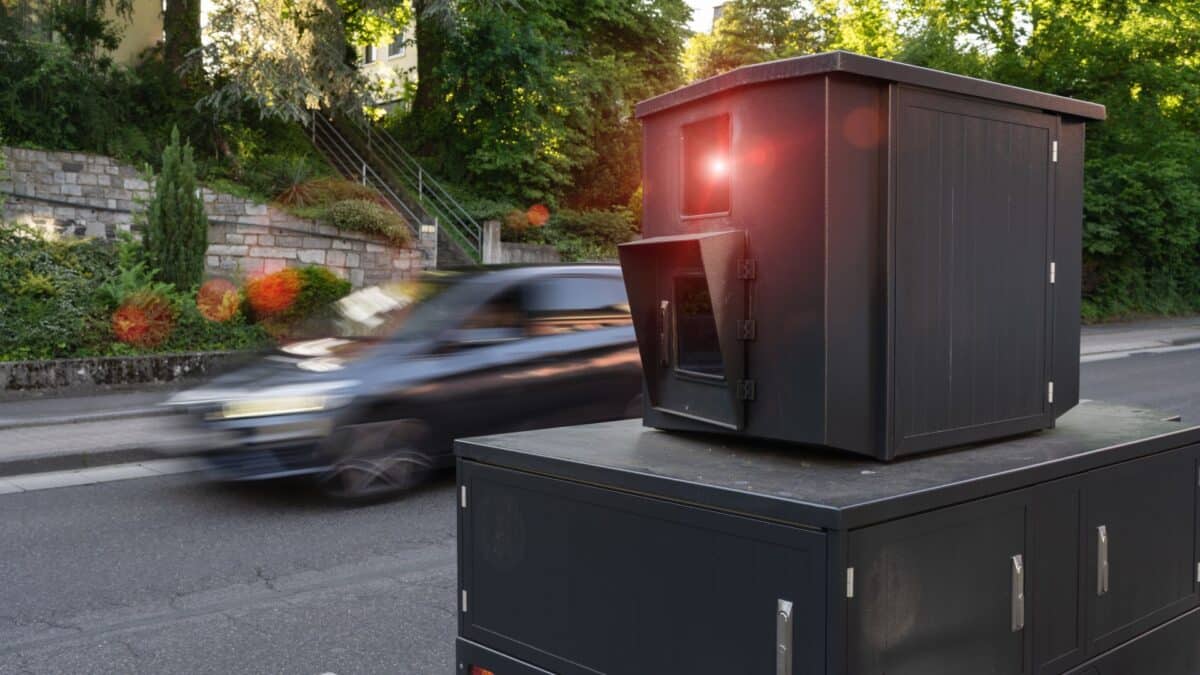New South Wales (NSW) has launched a new trial aimed at improving road safety by introducing average speed cameras along two high-risk stretches of highway. This initiative, which began on May 1, 2025, is designed to tackle the issue of speeding, which has been a contributing factor in numerous road accidents and fatalities in the region. The new system is expected to impact light vehicles for the first time, expanding the reach of existing camera technology, which has traditionally been used to monitor heavy vehicles.
The trial will continue through July 1, after which full enforcement will take place, imposing fines and demerit points on those who violate speed limits in these zones. This measure highlights the government’s growing concern about speeding and its role in preventing road fatalities, as well as its commitment to improving highway safety across the state.
Targeted Locations: Pacific and Hume Highways
The new cameras are located in two of the state’s most dangerous stretches of highway. The first site is a 15-kilometre section of the Pacific Highway between Kew and Lake Innes, while the second spans a 16-kilometre stretch of the Hume Highway between Coolac and Gundagai. These areas were chosen due to their historical accident rates, with both locations showing a significant number of fatalities and injuries over the past several years.
Between 2018 and 2022, there were six fatalities and 33 serious injuries on these roads, with speeding identified as a leading factor in many of these incidents. In response to these statistics, the NSW government has decided to introduce average speed cameras to monitor vehicle speeds across these critical zones.
How the Trial Works: Warning Period and Future Penalties
For a two-month period, from May 1 to July 1, drivers detected speeding by these new cameras will only receive warning letters, rather than immediate fines or demerit points. This grace period gives drivers the opportunity to adjust to the new enforcement system and understand the implications of speeding in these areas. After the trial period ends, full enforcement will begin, and any drivers caught exceeding the speed limit will face penalties.
The enforcement system, which already monitors heavy vehicles in these regions, will now also include light vehicles. This shift is part of a broader strategy by the NSW government to tackle speeding across all types of vehicles, not just commercial ones.
Safety Improvements: NSW’s Broader Road Safety Strategy
The introduction of these new speed cameras is part of a larger initiative aimed at improving road safety across New South Wales. The data supporting the introduction of this technology highlights that speeding is a primary cause of road fatalities in the state. According to government reports, speeding accounted for 41 percent of road fatalities over the last decade.
In addition to the average speed cameras, other measures are being implemented on NSW highways to address the root causes of these accidents. The state government is investing heavily in road upgrades and safety improvements, with significant infrastructure changes planned for major highways, including Kings and Monaro Highways. These projects are part of a long-term effort to improve regional connectivity while enhancing safety for all road users.
Public Awareness: Signage and Communication Efforts
To ensure drivers are aware of the new enforcement measures, warning signs have been placed at the locations of the average speed cameras. These signs serve as a reminder to motorists to slow down and adhere to the speed limits. The NSW government hopes that these signs, along with the grace period, will encourage drivers to voluntarily adjust their speeds in the affected zones and avoid the penalties that will come into effect after July 1.
As part of the ongoing campaign to reduce speeding-related accidents, the NSW government has emphasized that these changes are not only about enforcing laws but also about changing driving behaviors. The goal is to foster a culture of safety on the roads, where all drivers are aware of the risks of speeding and take active steps to prevent accidents.









